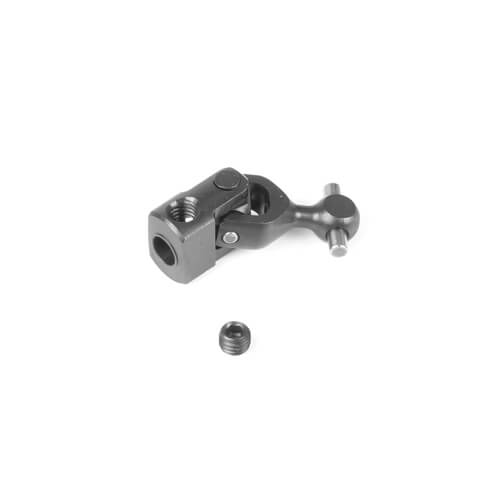Steve B in Vegas
Well-known member
- Messages
- 150
- Reaction score
- 132
Greetings all,
I have seen that some companies like Tekno and AE have their dog bones with pins on the same plane, while others like ARRMA pins are on perpendicular planes. Is this a timing issue? I was under the impression that dog bones, unlike U joints, don't have speed fluctuation issues.
Is there a reason to have a dog bone one way or the other?
s
I have seen that some companies like Tekno and AE have their dog bones with pins on the same plane, while others like ARRMA pins are on perpendicular planes. Is this a timing issue? I was under the impression that dog bones, unlike U joints, don't have speed fluctuation issues.
Is there a reason to have a dog bone one way or the other?
s
